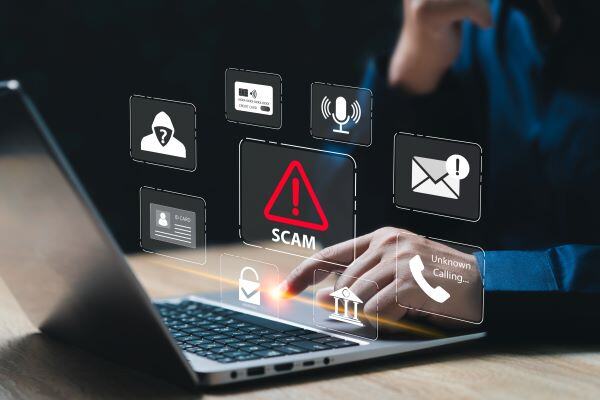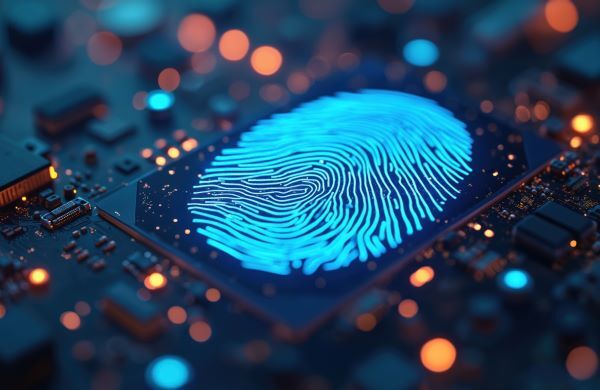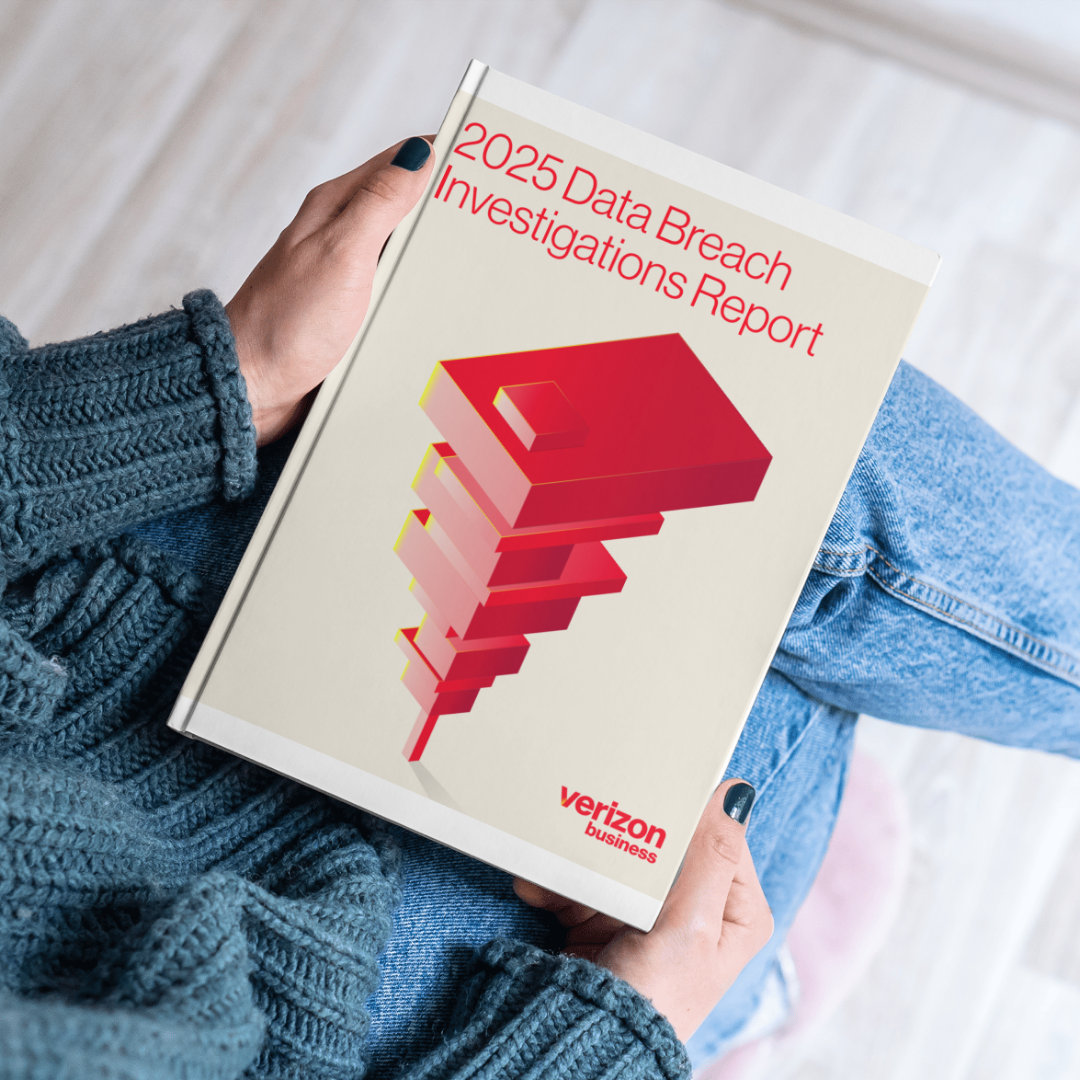October is here, and threat actors are ramping up their attacks to the point where its… spooky.
While Halloween is coming up, Thanksgiving and Christmas are also on the horizon, it’s more evident than ever we must remain hypervigilant and not fall for these intricate phishing attempts.
In September, many folks and including some of us in the office, experienced a rise in spam (Vishing) phone calls. You may be wondering ‘Where are all these unknown numbers coming from?” If you’re like me, when you notice an unknown caller ID notify your phone, you never pick up. However, not everyone is like that. However, the Ekaru team is here to teach you all about cold calling scams, how to identify them, reasons why they are potentially occurring, and the steps/services we provide to help protect yourself and others from falling into their trap.
Read More
Tags:
small business,
security protection,
small business technology,
small business technology advice.,
Phone System,
cybersecurity, ransomware,
cybersecurity,
security awareness training,
cybersecurity training,
Cybersecurity Awareness Training
For those that are heading back into the school education system, student, teacher, or administrative professional, this blog is just for you!
In the summertime, business general activity is low, however cybercriminals utilize this time to calculate an abundance of phishing scams to isolate, rush, and cause anxiety within the victim. Once fall hits, these tactics are no different, just using another mask to hide their cyber threats in plain sight.
Read More
Tags:
Monitoring,
business continuity,
cybersecurity, ransomware,
cybersecurity,
cybersecurity training,
Security Awareness,
IT services Boston,
Artificial Intelligence
As we begin a new month, cybersecurity trends continue to evolve, keeping us in the industry on our toes.
Today’s world of cybersecurity, cybercriminals and hackers use tactical, socially engineered techniques, targeting large and small businesses in stealing their personal information at an alarming rate. At Ekaru, we have seen businesses become targets for these attacks and have provided them with tools to identify their approach and react accordingly to a variety of scenarios. Our goal is to have businesses acquire the resources they need to be aware of cybersecurity, while also being your helpful ally in an unprecedented evolving geopolitical climate a phone call or email away.
Read More
Tags:
security protection,
small business technology,
small business technology advice.,
cybersecurity, ransomware,
cybersecurity,
security awareness training,
cybersecurity training,
ransomware protection
Have you ever been hooked to a phishing attempt? Did you know that phishing is involved in 70% of breaches? Whether it’s an email, phone call, or text message, these are some of the common ways bad actors use to obtain your personal and financial information for malicious gain. Phishing emails were introduced into our lives decade(s) ago and have grown increasingly creative and sophisticated with native language use and perfect grammar.
Read More
Tags:
small business,
phishing,
Cybersecurity, email scams,
cybersecurity, ransomware,
data security,
spoofing,
Security Awareness,
email spoofing
Before AI consumed our media on a daily basis, spoofing would often impersonate important figures in our lives with the malicious intent of sending misinformation for money and spreading malware. Now with AI, it has become even harder to identify these attempts to protect our friends and loved ones from the headache known as cybercrime.
Read More
Tags:
computer security,
cybersecurity, ransomware,
cybersecurity,
spoofing,
cybersecurity training,
Caller ID Scam
By this weekend, we will be halfway through 2025. It’s mind-boggling how quickly the year passes by when you take a moment to reflect. But also, how scammers can consistently create powerful, malicious tools using AI in high volumes.
Read More
Tags:
Desktop,
business continuity,
Internet usage,
cybersecurity, ransomware,
cybersecurity,
ChatGPT,
Artificial Intelligence
To keep up with high demands for thousands of businesses, global supply chains have become more dependent on technology. Becoming more dependent on technology equals a greater risk of being exposed to evolving cyber threats. One of the biggest hurdles for cybersecurity is the huddled mindset that if it is not directly happening in my backyard, then it doesn’t apply to me. In 2025 alone, this has become a pivotal year, where the need for businesses to implement cybersecurity is no longer optional, but essential to staying safe.
Read More
Tags:
cybersecurity, ransomware,
Privacy
Every year, Verizon publishes a Data Breach Investigation Report (DBIR). The Verizon DBIR is one of the most comprehensive reports illustrating REAL security incidents and breaches, not just hypothetical "this could happen" warnings. The 2025 Report - the 18th annual report! - was published on April 23, 2025 and as usual, its full of inciteful information for both small business AND enterprise. To generate the report, the Verizon DBIR team analyzed 22,053 real-world security incidents, of which 12,195 were confirmed data breaches.
Read More
Tags:
small business technology advice.,
cybersecurity, ransomware,
cybersecurity,
data security,
incident response,
SecurityBreach

With the start of the new month and Tax season now over, cybercriminals are beginning to shift their focus on to new trends. This time targeting tech and healthcare giants for patient sensitive information out by the millions.
I’m sure you all have heard it before ‘I’m just one person and keep my circle small, I’m not going to fall victim to a cybercrime. I’m so careful.’ Or even; “I just use the necessities and take what I believe are the cautionary steps”. Until you’re not. Even just this morning a colleague received a phishing text claiming they saw their ‘resume’ and had a job opening with no further context. They pointed out the message’s red flags, which included a high amount of compensation for said job, no description of position or company name and contact information did not match. As annoying as it is to receive these types of unwanted messages, the attempt likely came from the individual placing their email to receive newsletters & updates of a product and service of their choosing. Not expecting their email or any other additional information to be involved for phishing attempts.
Read More
Tags:
computer security,
small business technology advice.,
cybersecurity, ransomware,
cybersecurity,
data security,
incident response
Did you know that 28% of consumers have fallen victim to credit card fraud in the last year? With nearly a third of people affected, it’s no surprise that 37% report feeling anxious about their credit card accounts being compromised. Families and career-driven individuals are especially on edge, with Gen X and Millennials (40%) sharing equally high levels of concern.
Read More
Tags:
phishing,
small business technology advice.,
cybersecurity, ransomware,
cybersecurity,
Fraud
.png)









